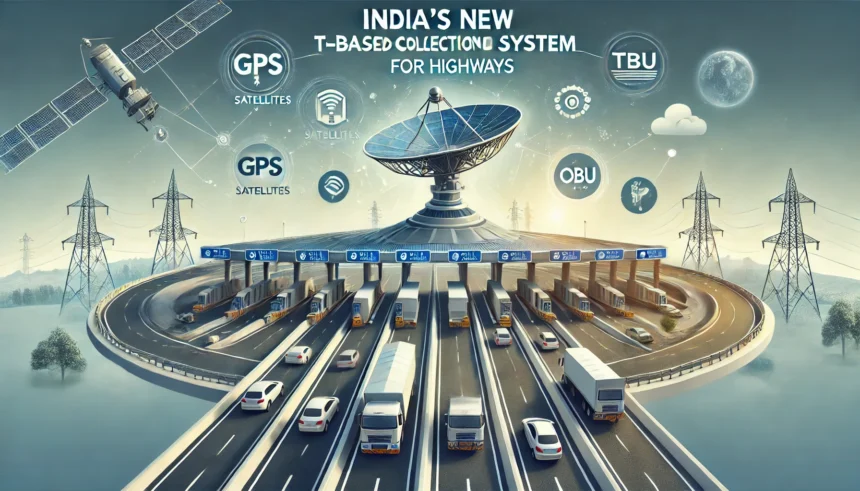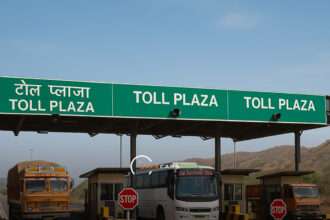The Indian government is set to introduce a GPS-based toll collection system, which aims to revolutionize highway travel by eliminating the need for physical toll booths and making toll payments seamless. This new system will calculate toll fees based on the distance traveled, utilizing the Global Navigation Satellite System (GNSS) and On-Board Units (OBUs) installed in vehicles.
Currently, toll payments are done through FASTag or manually at toll plazas, which often leads to traffic congestion. The GNSS-based system will allow for real-time tracking of vehicles, and tolls will be automatically deducted from a linked bank account without the need for stopping. This will not only improve traffic flow but also reduce wait times, ensuring smoother and more efficient highway travel.
One of the key features of the system is a 20 km toll-free zone for vehicles using the GPS-based technology. This exemption will be granted automatically, eliminating the need for manual applications that were previously required. The GNSS will initially be rolled out on selected highways, and vehicles without this technology will continue to be charged using existing methods like FASTag MoneyControl Hindustan Times
This advanced toll collection method will also be integrated with CCTV cameras and Automatic Number Plate Recognition (ANPR) technology to ensure compliance and accuracy. In the long run, the GPS-based system is expected to significantly increase toll revenues, potentially reaching ₹1.4 trillion in the next few years PIB
While the system is currently targeted at commercial vehicles, private vehicle owners will eventually need to install OBUs to take advantage of the new system India Today This step is part of India’s broader push toward modernizing its highway infrastructure, improving traffic efficiency, and reducing congestion at toll points.




